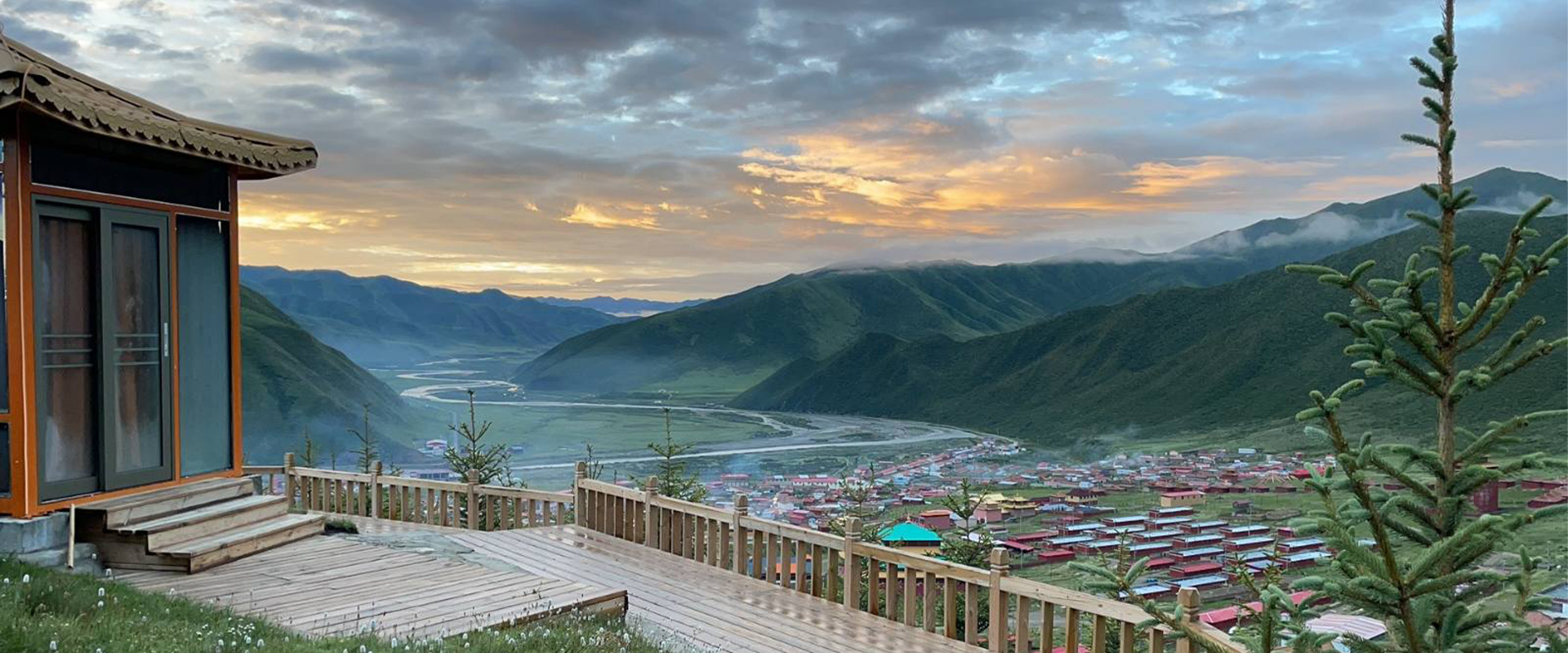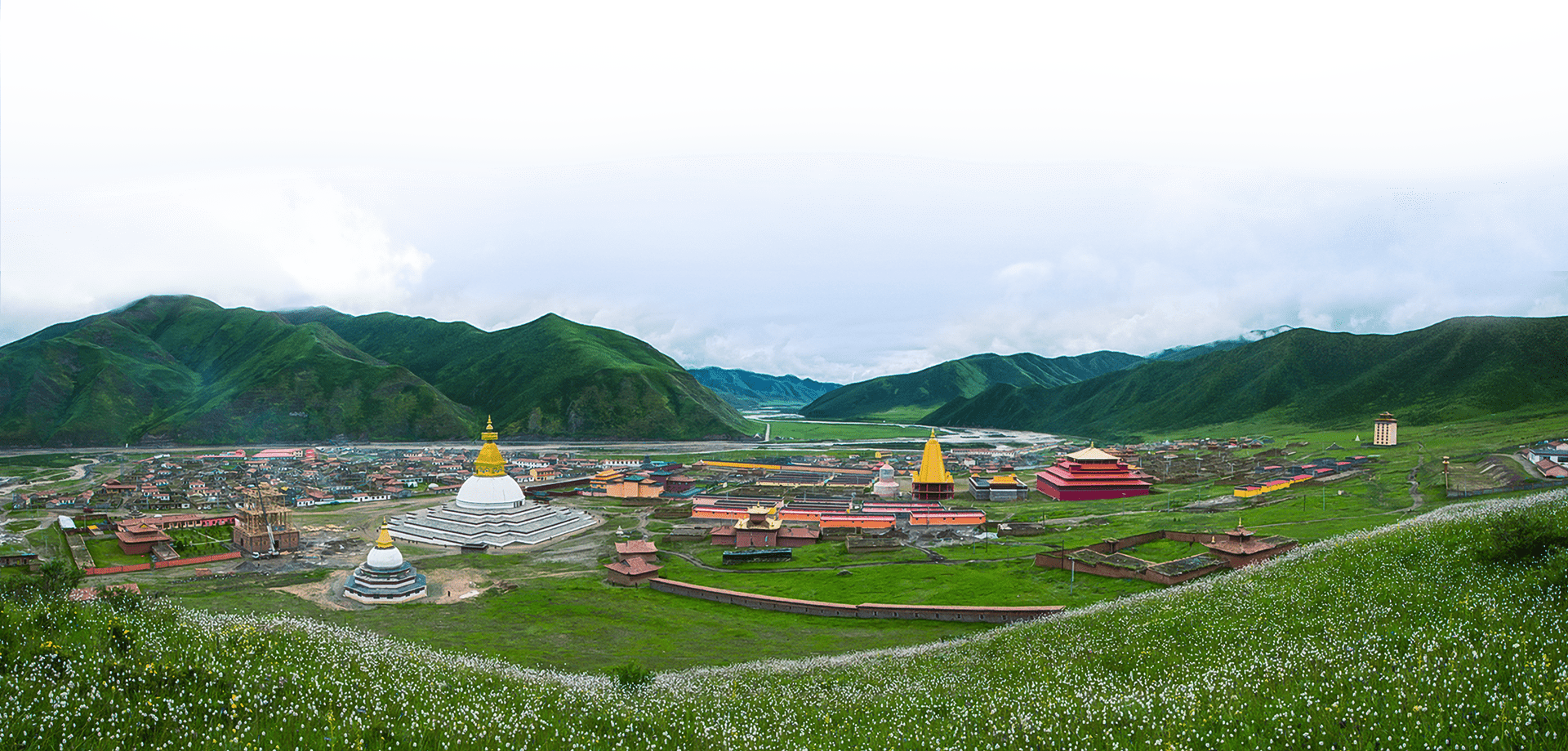Instructions For Dharma Practice*
(Question&Answers – part 1)
In a very general way when we say “Take refuge” then [the question is] “Take refuge in which?” We take refuge in the Three Jewels. In that case it is about enough and this is a very general way of saying. But if you say specifically? When we say we take refuge in Buddha, then [the question is] which Buddha? Buddha Shakyamuni? Generally speaking we take refuge in all Buddhas. But specifically, when you say “I take refuge in Guru Rinpoche, or Amitayus, or Amitabha” we have some specific practices [of those Deities]. In that case, we still take refuge in all Buddhas, but specifically take refuge in that specific deity, [because] the Deity we are taking refuge in represents all Buddha. That’s one way of understanding when we say about taking refuge in the Buddha or Three Jewels.
Then, there is not only Three Jewels, but there are more, for example “Three Roots”. There’s Guru, there’s Yidam, there’s Dakini. So what to do is we can include all of them in “Buddha”. But you can say more specifically: “I take refuge in Guru, I take refuge in Yidam, I take refuge in Dakini.” And “Buddha” does not mean only “Buddha Shakyamuni”, but there are many Buddhas. Guru Rinpoche, for example, is also a Buddha. By the external look He is different from Buddha Shakyamuni and we call him Guru. [But] we don’t [often] call Buddha Shakyamuni “Guru”. We call him “Buddha”. But as for Guru Rinpoche, we call him Guru. So that is the way you call your own Guru, because the teachings request us to see our Guru as Buddha. So your Guru is different from Buddha Shakyamuni. So we still count our Guru as Buddha, so we say: “I take refuge in Guru.” It is correct because in that way we mention specifically taking refuge in Guru.
And then there’s another Buddha form. This is the wrathful form of Buddha like Varjakilaya. We don’t call Him “Buddha” because He’s Yidam. Of course, He’s Buddha but we call Him “Yidam”, right? And then, there’s Dakini form. We call them “Dakinis”, we don’t call them “Buddhas”. That’s very common way. Therefore, we take refuge in the Three Jewels and Three Roots.
That’s basically we need: the Three Jewels and Three Roots. All Buddhas can be in three categories: Guru, Yidam and Dakini. And when we say “We take refuge in Buddhas,” sometimes we don’t know which Buddhas. Therefore, we need to have some specific understandings. When you say: “I take refuge in Three Roots,” or “I have special karmic connections with specific Deities,” so you take refuge in those Deities specifically. Then, when we say “Three Jewels and Three Roots” [these are] the external Buddhas, external objects that we take refuge in.
And then the second lineii says “In the bodhicitta, the nature of the channels, airs, and quintessence.” These three things, the nature of these things, is in the body, and they are also “Buddha”. They are called “inner Buddha”. And then “and in the mandala of essence, characteristic, and compassion”iii – these three parts, three qualities of the path [are] the secret Buddha. So when we take refuge in external Three Jewels, inner Buddha and secret Buddha, that means nothing is left behind. If you say only “Buddha”, “Buddha Shakyamuni”, “Buddha Amitabha” then you don’t think about the inner, the essence or nature of things inside. And this is still not enough. That does not include every Buddhas. Therefore, these four lines include everything, every objects that are supposed to be objects of refuge.
Question: When we practice Guru Yoga how do we visualize Guru Rinpoche, and mantra, and ouselves?
Guru Rinpoche is on top of your crown or in front of you. But for me, when I receive four empowerments from Guru Rinpoche, it’s easier for me to think, to receive four empowerments directly from Guru Rinpoche. Therefore, I usually visualize Guru Rinpoche in the space, in front of me, facing me. When you visualize Guru Rinpoche on the crown, top of your head, and in the same direction and then sometimes the line makes circle (laughing). It’s also ok, but directing is easier to think. Then many sadhanas, many visualizations of Yidam always mention the mantra circling. If you have understanding, you don’t need specifically mentioning it. So I think you don’t have to visualize that. Also, when you have time to think of Guru Rinpoche, you don’t have to pay attention to words, letters, but just think of Guru Rinpoche as clear as possible.
Question: Can You show us how to do meditation?
Meditation? Practicing Guru Yoga is also meditation. [During] meditation on Guru Rinpoche your mind is focused on visualization. That focus is meditation. Meditation is stable mind and focus on the same thing. When we visualize Guru Rinpoche, of course we focus on visualization: form of Guru Rinpoche, the color of Guru Rinpoche, style of Guru Rinpoche. And that time, only think of Guru Rinpoche, no other thoughts. So, basically meditation is focus on something. You can put something on the table like this, and focus on the object. Your mind should not move, just focus on object. And try to understand any emotions and thoughts coming; understand and do not get distracted.
At the same time, when you meditate on Guru Rinpoche, or Guru Yoga, “yoga” also means “practice” or “meditation”. So “Guru Yoga” is meditation on Guru. It’s high meditation. It’s the most specific meditation and also effective meditation. Focusing on the form of Guru has much more quality, much more blessing and much more power than focusing on regular objects. When you meditate on Guru, try to see the form of Guru, style of Guru as clear as possible. Do not think of other things. When a thought arises, one must be aware. Do not follow specifically any object, do not specifically reject, [either], but leave it there and do not lose the strength of focus on the Guru, on visualization. That’s the perfect way of meditation.
Question: In Phowa practice I have to visualize myself in the form of Vajrayogini. She is standing and I am sitting, and I have to visualize the central channel. How can I perceive Her presence when She is standing and I am sitting?
When you visualizes yourself as Varjayogini, you are Varjayogini and there’s no second “you”. Dualistic thought is not good. You should think you are Varjayogini and that syllable SHRI is your consciousness. We have to understand that way. We have to believe: “I am Varjayogini and my consciousness is this syllable SHRI.” You should not think: “I am here, inside me Varjayogini, and inside Vajrayogini there is syllable SHRI, but my consciousness is everywhere,” (laughing). That’s not correct way of meditating. Once you transfer your consciousness as syllable SHRI into Amitabha’s heart, Amitabha’s mind, then you dissolve into Amitabha’s heart, you are not here anymore. And then the form, the body of external Varjayogini also dissolves into Amitabha’s heart; then there’s nobody left. There’s no consciousness left. Nothing’s left. Everything dissolves into Amitabha’s wisdom.
Buddhist unique view is “no ego”, “no self”. We have to understand that. But we see: “There’s myself. There’s my body. There’s my mind.” We see it this way. Why do we see it this way? It’s not wisdom. It’s not because it, [the ego], exists there, it is because our ignorance creates everything. It’s illusory; it’s not true. We have to understand that. Only [when we] understand then there’s a way to merge oneself to Amitabha. If you strongly believe Amitabha is over there, me is even truly exist, you’ll never be able to reach Amitabha’s house, Amitabha’s pure land.
The only thing we have to understand is nothing actually exists; because when you examine how phenomena exist then [we see] nothing really exists. When you try to find your mind, how it exists, you’ll never find your mind. It doesn’t exist; still you think: “Oh, that’s my mind. This is you, this is me.” Why it is like that? It’s called illusion. It’s called “dualistic thoughts”. This is wrong, this is mistaken thinking. If we think the way we think is correct, we don’t need to learn anything. It’s wrong view, therefore we need to fix the view: the way we see, the way we think. The way we perceive it’s wrong, therefore we need to fix, we need to understand the reality.
So when you visualize yourself, you totally become Varjayogini. You don’t need to think the second of me is here, on top of that Varjayogini, seating on top of me or something like that. It’s not a good way of thinking. It’s also called attachment, grasping. It’s wrong view. Therefore, we need to think: “I am, I am the Deity, I am the Varjakilaya.” When you are visualizing, you should think that way and believe that way. Then slowly, slowly, you eventually will become a Buddha. But [if] you always think: “I. me. I am ordinary person. I am Vietnamese. I am American”, you’ll never become a Buddha.” There’s no American Buddha, sure? (laughing). No Buddha is a citizen of Vietnam. No?
[i] The title is created by the translator of this script for the convenience of the reader.
[ii] See “Opening The Door to Naturally Present Inner Clarity”, taking refuge part.
[iii] See “Opening The Door to Naturally Present Inner Clarity”, taking refuge part.









